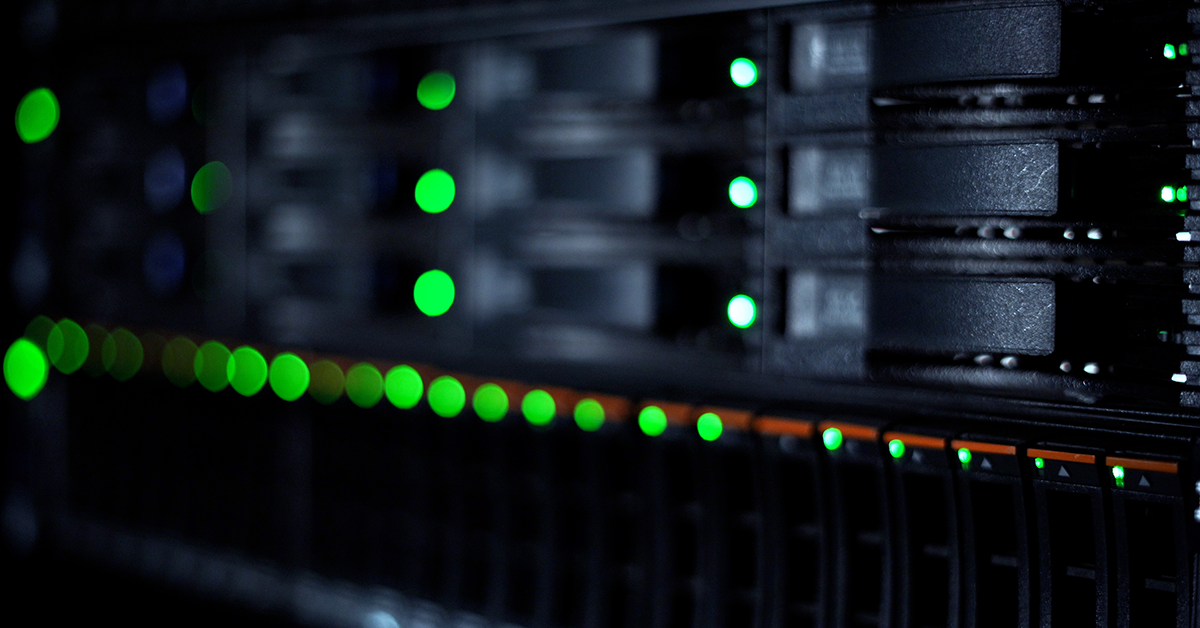Digital Exhaust and Behavioral Fingerprinting
By Victor Cruzat, TraceSecurity
Digital exhaust refers to the metadata and information that users leave behind while interacting with online networks. Digital exhaust and behavioral fingerprinting are utilized in cybersecurity, surveillance, and marketing. Big data analysts and marketing analysts previously utilized a user’s cache and cookies to market products and services to consumers that met their interests and ecommerce purchase patterns. Cybersecurity analysts now often use digital fingerprinting as a key step in the information-gathering process to create detailed profiles of systems, identifying potential threats, weaknesses, or malicious activity. Analysts also analyze user activity by watching the mouse movements, scroll patterns, location history, and app usage. Brian Nussbaum from The Center for Internet and Society at Stanford Law School states, “These artifacts we leave behind are not like exhaust, but more like fossils, much more permanent”1.
Digital Exhaust and Behavioral Fingerprinting: Opportunities
Companies such as Brand Watch, Sprout Social, and Bark offer social media consulting services for tasks like gathering deeper insights, driving more sales, streamlining workflows, and amplifying brand awareness. These services are available to individuals looking to optimize their business ventures. The consumers are often left without understanding where their data is stored or how it is being used. This blind spot is where digital exhaust and behavioral fingerprinting become concerning. For average consumers who are not seeking measurable analytics or are curious about where their data goes, companies have included publicly available transparency databases. Although the description of how your data is used is available and comprehensive, users don’t get the same access to their data as the entities that collect it do. Behavioral fingerprinting bypasses cookie restrictions, collects even when browsing on an incognito browser, and is difficult to opt out of.
An Innovation in Threat Detection
Organizations can leverage this innovation in data gathering in many ways. According to Larry English of Forbes magazine, companies can accelerate processes and team functions, identify weaknesses such as gender imbalances or disproportionate workloads, and even improve the composition of teams and their operational efficiency2. In this article, Dr. Puranam says, “Organizations are going to quickly improve processes, get smarter about the composition of teams, how to run teams, how to coordinate things, and how to use people's time efficiently when they're working in different locations”2. Digital exhaust can measure the overall company mood, and even increase a supervisor’s span of control, allowing managers to oversee more employees with fewer layers. The benefits are great for businesses that utilize consumer, workflow, and employee data.
Digital Exhaust and Behavioral Fingerprinting: Risks
Digital exhaust, like any security concern, poses the risk of being abused by malicious actors or intrusive organizations to track or manipulate individuals without their consent. These digital exhaust databases and behavioral fingerprinting records surpass VPNs, incognito mode, and cleared cookies. This persistent tracking can be exploited for invasive surveillance, targeted disinformation, discriminatory profiling, or mimicking a user’s behavior. Digital exhaust is often collected without a user’s explicit consent. Users can opt out of services run by the Network Advertising Initiative or the Digital Advertising Alliance to limit this type of data collection.
Understanding digital exhaust and behavioral fingerprinting is a vital step in keeping your sensitive data secure and understanding how your data is being used as a consumer. Businesses can benefit from utilizing this data because it surpasses typical preventative measures when gathering data. Users often delete cookies, browsing history, and cache, but this emerging data gathering technique is a new and innovative way to utilize a user’s data to tailor their browsing experience, identify potential malicious activity, or improve an organization’s productivity and workflow. While this new and innovative way of obtaining actionable data is exciting and revolutionary, both companies and consumers share the responsibility of ensuring that all data gathering is conducted ethically. Security is admirable when it benefits lives, but in an emerging field where data is gathered and utilized professionally and domestically, ethics must be carefully considered. With great power comes great responsibility.
Connect with TraceSecurity to learn more.
1 Brain Nussbaum. Stanford University. April 27 2015. Not digital Exhaust; rather, digital fossils.


